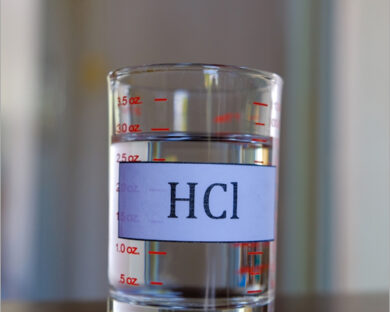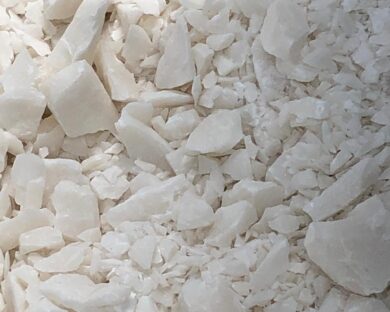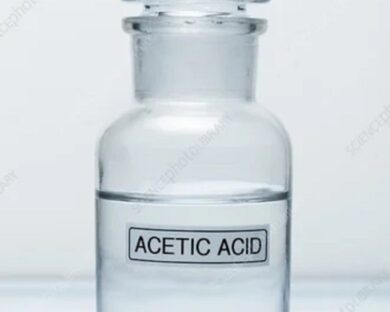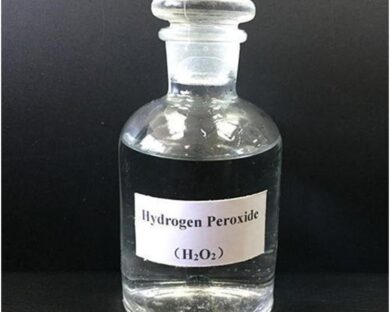Carbonic Acid
CARBONIC ACID
Carbonic acid is a chemical compound containing elements oxygen, hydrogen, and carbon. It has its other names as dihydrogen carbonate, acid of chalk, and acid of charcoal having a role as a mouse metabolite.it is a colorless granular powder. It is often named respiratory acid, the only acid exhaled by the human lungs in its gaseous state. Since it is a week of acid-forming carbonate and bicarbonate salts. It is the major natural bleaching agent in many temperate ecosystems.
It is also unstable acid and quickly dissociates into bicarbonate ions (HCO3–) and hydrogen ions (H+) as it goes partial dissociation in the presence of water. When Carbonic acid is dissolved in water, only a small amount of carbon dioxide is converted into carbonic acid in the chemical equilibrium. As this compound generally exists as a solution, the conjugate base corresponding to carbonic acid is the bicarbonate. It is a diprotic acid, as it can form two types of salts. It is freely soluble in water but not soluble in ethanol. It has a geometrical shape of Carbonic acid molecule is trigonal planar as by Lewis Structure we found that carbon and three oxygen atoms lie in the same plane.USES AND APPLICATIONS FOR Carbonic Acid
It has several applications:
- It is widely used in different industries, especially in making beverages.
- It is widely used in the production of soft drinks, and other bubbly beverages.
- It is utilized in the preparation of carbonated water, sparkling wine, and other aerated drinks.
- It serves in the precipitation of many ammonium salts.
- The application of carbonic acid treats ringworm and other dermatitides.
- Solutions containing Carbonic acid are much effective in the cleaning of contact lenses.
- It can be consumed orally to induce vomiting.
CARBONIC ACID
Carbonic acid, a chemical compound composed of elements oxygen, hydrogen, and carbon, plays a crucial role in various biological and industrial processes. Also known as dihydrogen carbonate, acid of chalk, and acid of charcoal, It serves as a key mouse metabolite. It exists in the form of a colorless granular powder and is often referred to as respiratory acid, being the sole acid exhaled by human lungs in its gaseous state. As a weak acid, it forms carbonate and bicarbonate salts and is recognized as the primary natural bleaching agent in many temperate ecosystems.
It, being an unstable compound, readily dissociates into bicarbonate ions (HCO3–) and hydrogen ions (H+) upon partial dissociation in the presence of water. When dissolved in water, only a small fraction of carbon dioxide converts into it due to chemical equilibrium. In solution, the conjugate base corresponding to it is bicarbonate. With a geometrical shape described as trigonal planar, according to the Lewis Structure, the carbon and three oxygen atoms lie in the same plane.
This versatile compound finds numerous applications across industries:
- Beverage Production: It is extensively utilized in various industries, particularly in the production of beverages.
- Soft Drinks: It plays a crucial role in the production of soft drinks and other carbonated beverages.
- Carbonated Water: Carbonic acid is essential in the preparation of carbonated water, sparkling wine, and other aerated drinks.
- Ammonium Salt Precipitation: It aids in the precipitation of many ammonium salts.
- Medical Applications: Carbonic acid solutions are effective in treating ringworm and other dermatitides.
- Contact Lens Cleaning: Solutions containing Carbonic acid are widely used for cleaning contact lenses.
- Inducing Vomiting: Orally consuming Carbonic acid can induce vomiting in certain situations.
The widespread use of it underscores its significance in various domains, from beverage production to medical applications, highlighting its diverse range of functionalities and contributions to numerous processes.
Contact us for Details of SNDB Chemicals.




